Feb 27, 2023 - 8 Minutes
Commercial Flooring Solutions: Simple Solutions to Elevate Your Project | Bostik Blog
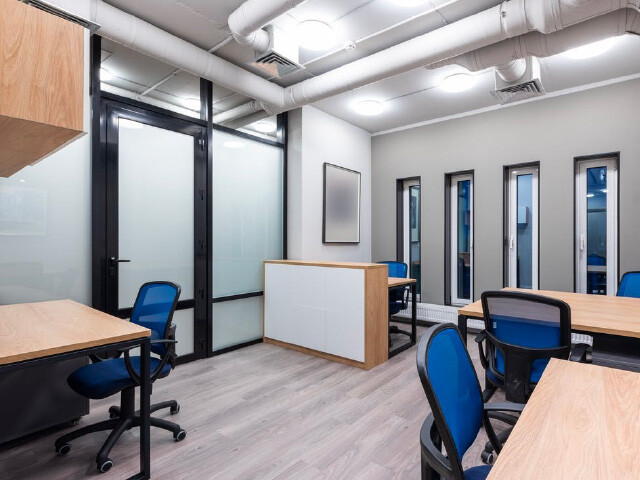
Updating the flooring in a commercial building provides a range of benefits, but knowing where to start can be tricky. There are several commercial flooring materials to choose from, including tile, hardwood and soft flooring options, and making the right choice for your space is determined by the flooring’s function.
Maybe your commercial space needs an aesthetic update to better fit your visual branding. Maybe it is time to replace your current flooring with something more resilient against increased traffic and heavy equipment. Maybe water damage or cleanliness has been an issue and you’re looking for new flooring protected against moisture and able to withstand tough cleaning methods.
Whatever your reason is for updating your commercial space, the flooring needs to be functional, versatile and properly installed using a comprehensive system that accounts for potential comfort, moisture and noise issues.
With the right materials and the help of a few simple flooring solutions, you can easily transform the design and functionality of your commercial space.
Soft Flooring
Soft flooring is the most commonly used flooring type for commercial spaces due to its durability, practicality and low maintenance. Soft flooring is especially common in places that require constant use and regular cleaning.
Soft flooring comes in a variety of material options. Vinyl has become increasingly popular and the design options are limitless. Vinyl is comfortable to walk on, extremely durable and one of the most cost-effective options available. For a more environmentally friendly alternative with similar benefits to vinyl, try using linoleum.
Rubber flooring is also designed with comfortability in mind while also providing slip resistance, noise dampening and shock absorption properties, perfect for hospitals and gyms.
Carpet is a more traditional option, but carpet tiles are becoming more popular in office and educational settings for practical reasons. Carpet tiles are easy to maintain, and one tile can be replaced if damaged rather than tearing up and replacing the entire floor.
Soft flooring options are also quick and easy to install with a comprehensive flooring installation system.
Hardwood Flooring
Hardwood flooring will bring a dose of luxury and warmth to any space. The organic and familiar nature of hardwood provides a cozy, welcoming feeling for visitors in hospitality venues such as hotels, museums and restaurants. Hardwood helps elevate the identity and visual branding of any space.
This is a more expensive option than soft flooring alternatives, but hardwood floors are worth the investment. They are durable, long-lasting and dirt can be easily swept away. Hardwood also offers a level of flexibility as the floorboards can be refinished instead of replaced in the future to fit any aesthetic changes or renovations that arise.
Tile
Tile is another low-maintenance option that can fit many styles due to the versatility of tile designs offered. It is a great option for wet areas and spaces that require stronger cleaning solutions like kitchens and bathrooms. Tile can also deliver a strong aesthetic impact due to the range of color and texture options available.
When picking tile, keep in mind that some options like marble or natural stone are actually porous, meaning they are harder to clean and keep free of stains and scratches to the surface. These are not the best choice for high-traffic or wet areas, but offer visual interest for smaller spaces like entryways or waiting areas.
Glass tile could also add a pop of interest to otherwise neutral rooms with the expanded color options available. Glass tile is also easy to keep clean, but more expensive than other types of tile.
For high-use areas, go for a non-porous tile option like ceramic or porcelain. Non-porous tiles are more resistant to spills and damage and are able to withstand water and harsh cleaning chemicals.
Flooring Done Right
No matter the material you choose, your flooring needs to be carefully and properly installed to avoid subfloor damage, moisture issues and extensive repair costs in the future.
Proper installation involves subfloor preparation, moisture mitigation and high-quality adhesives that will make sure the flooring is built to last, even in high traffic situations.
Subfloor Preparation
A successful flooring installation begins with the subfloor. Laying down new flooring on an old subfloor without thoroughly checking it could lead to disastrous consequences. Before installation, carefully inspect the subfloor for any damage, sagging or moisture issues. Uneven subfloors should also be replaced or fixed using self-leveling underlayments.
To improve the speed and quality of the installation and to increase the lifespan of the flooring, the subfloor should be primed for effective adhesive bonding. Including moisture vapor protection, anti-fracture and noise reduction membranes to help prolong the life of the flooring and protect the subfloor from any potential water damage that would lead to costly repairs.
Adhesives
Commercial spaces constantly experience heavy traffic, and the flooring needs to be durable enough to withstand such conditions. High-quality adhesives increase the integrity and value of the flooring system, and many adhesives do more than just secure the floor. They can provide a moisture barrier, sound dampening and protection of the subfloor.
Flooring that is not secured properly can shift around and warp or come loose over time. Adhesives hold the flooring in place preventing dangerous gaps and movement while also providing enough flexibility to absorb and adapt to temperature changes and vibrations that would otherwise ruin the flooring.
Adhesives also add a barrier over the subfloor to protect it in case of spills, excessive water, and harsh cleaning solutions.
There are many different adhesive types suited for different environments and materials. Hardwood adhesives need to be flexible enough to expand and contract with the wood floorboards. Tile grout needs to be durable enough to withstand harsh conditions. Soft flooring adhesives often provide cushioning for extra comfort.
Here at Bostik, we manufacture industry-leading adhesives designed to last and protect your flooring investment, regardless of the environment and flooring type. Our adhesives include innovative features such as moisture vapor resistance, noise dampening and antimicrobial protection properties.
Sustainability
When choosing tools and materials for your next flooring project, consider the environmental impact they will have not just in the broader context of the world but also in your immediate space. Products with high VOCs and extreme odors lower the indoor air quality and can lead to significant health issues.
Many manufacturers, including us at Bostik, are dedicated to reducing the environmental impact of their products. Look for flooring products with low odor and VOCs to maintain the indoor air quality of your commercial space. Also consider the carbon footprint, water usage, and recyclability of the materials you want to use.
Bostik Offers High-Quality Commercial Flooring Systems
From subfloor preparation to our dynamic range of adhesives, we offer comprehensive installation systems for any type of flooring application, as well as all the necessary materials for your next flooring installation.
For more information on how our team can transform your next flooring project, contact us today.
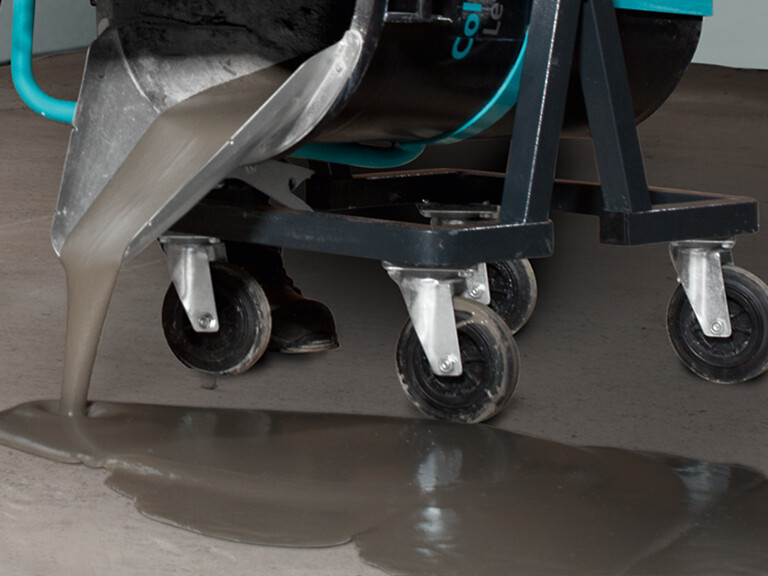
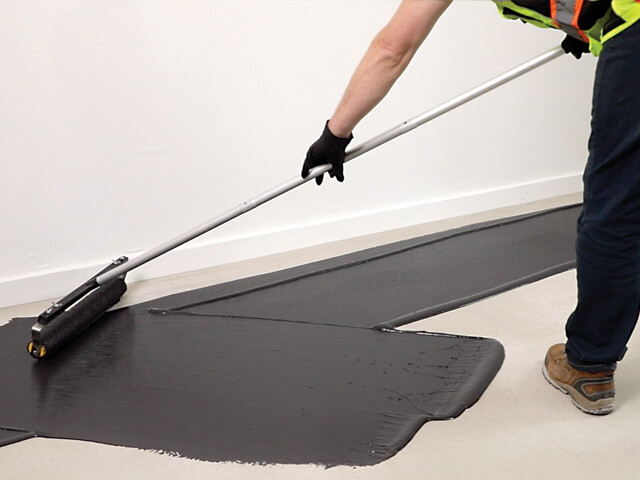
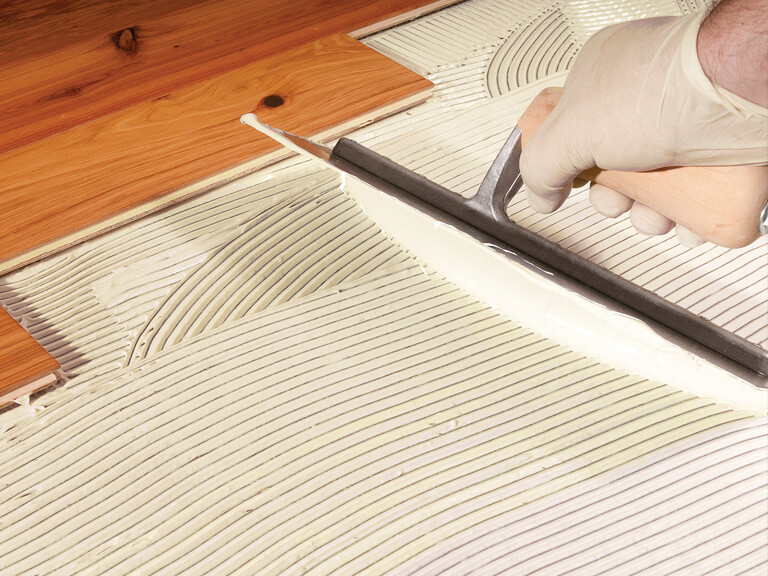
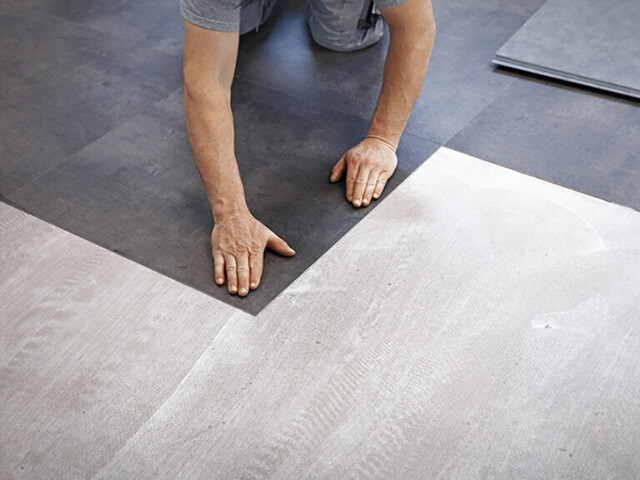
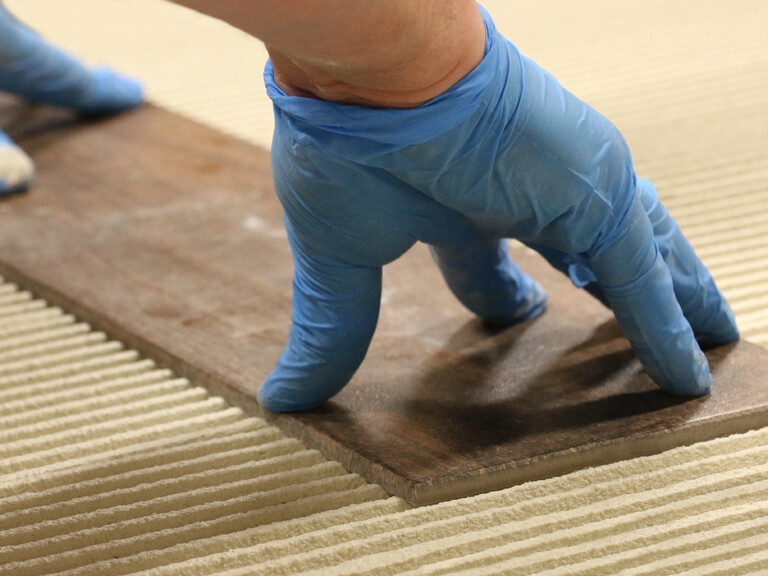
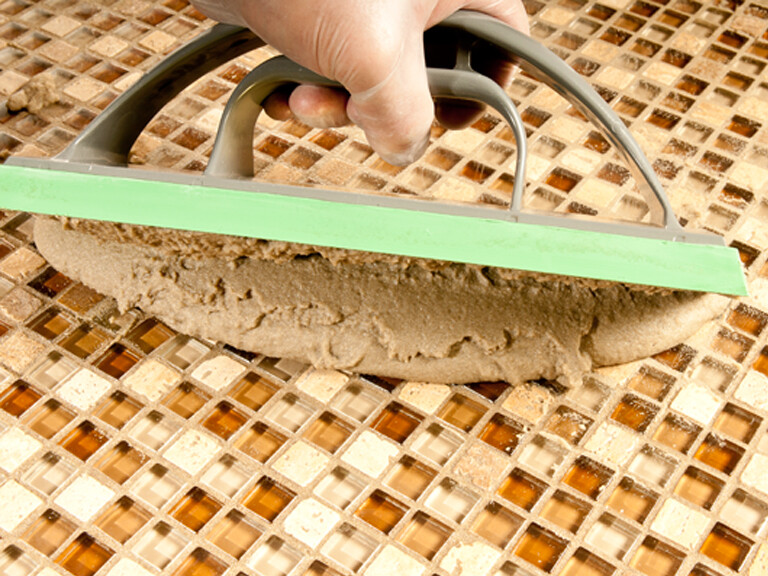
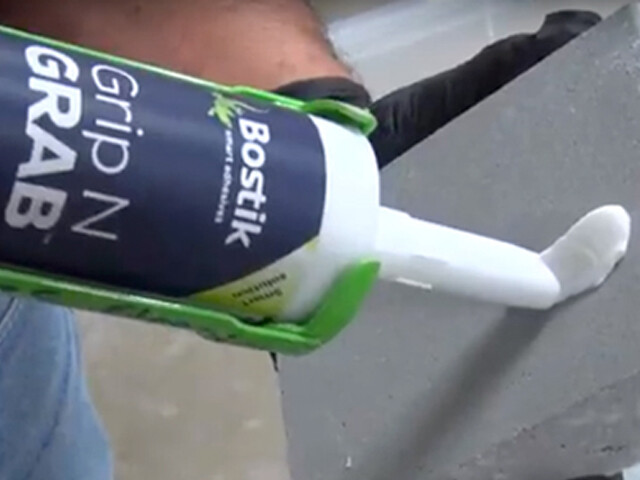
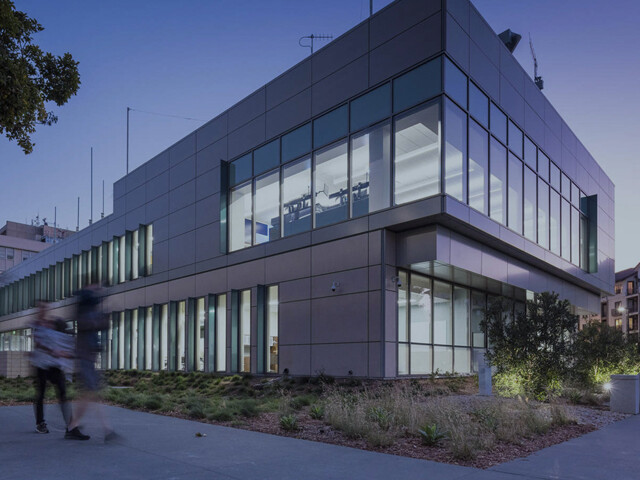
See also
Back to all articles- Building & Construction
- Building & Construction
- Building & Construction
